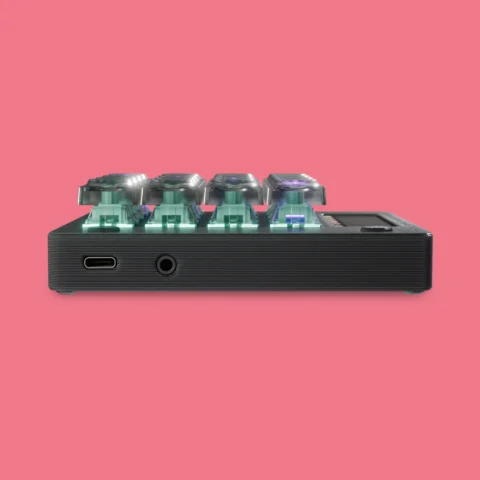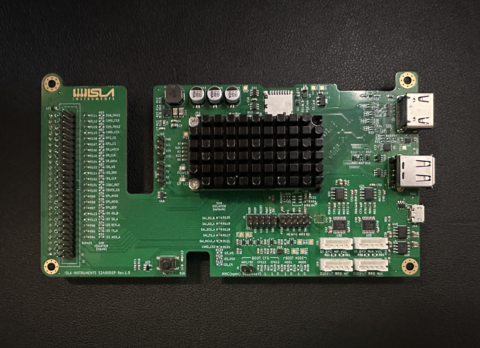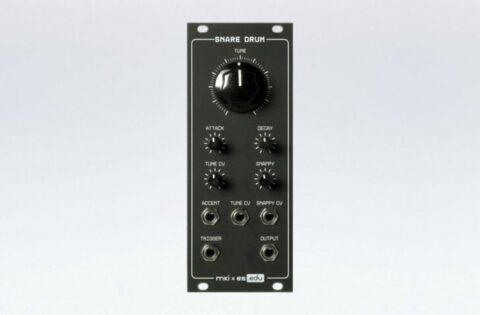Unknown Devices intros Topo T16 Compact Expressive MIDI Controller
Unknown Devices has introduced the Topo T16, a compact MIDI controller that offers three “play modes”, each of which you can customize.
The modes include:
- In Keyboard Mode, Topo makes full use of its pressure sensing ability to convert your finger movements to Velocity and per-note Pressure Midi Messages.
- In Joystick Mode, the keys control a virtual cursor on an XY plane, sending CC messages.
- Fader Mode transforms the device into a 4-channel control surface, with each column of keys acting as individual faders.
4 independent banks enable you to store and recall your favorite setups.

Features:
- Expressive and compact Midi controller with pressure-sensitive keys
- 16 magnetic-sensing keys with velocity and aftertouch
- Touch-strip for controlling mode-related
- Keyboard, Joystick, and Fader play modes
- 4 Memory Banks, each with it’s own settings
- Highly Customizable, from the layout to the response curve
- WebMidi-based configurator for deep customization
- USB-C for power and midi in/out
- MIDI TRS output, both A and B modes supported
- Experimental OSC support
- 3d printed, high quality case, STLs available for free
The Topo T16 is available now to preorder for €159 excl. vat, ships on June 3rd.



